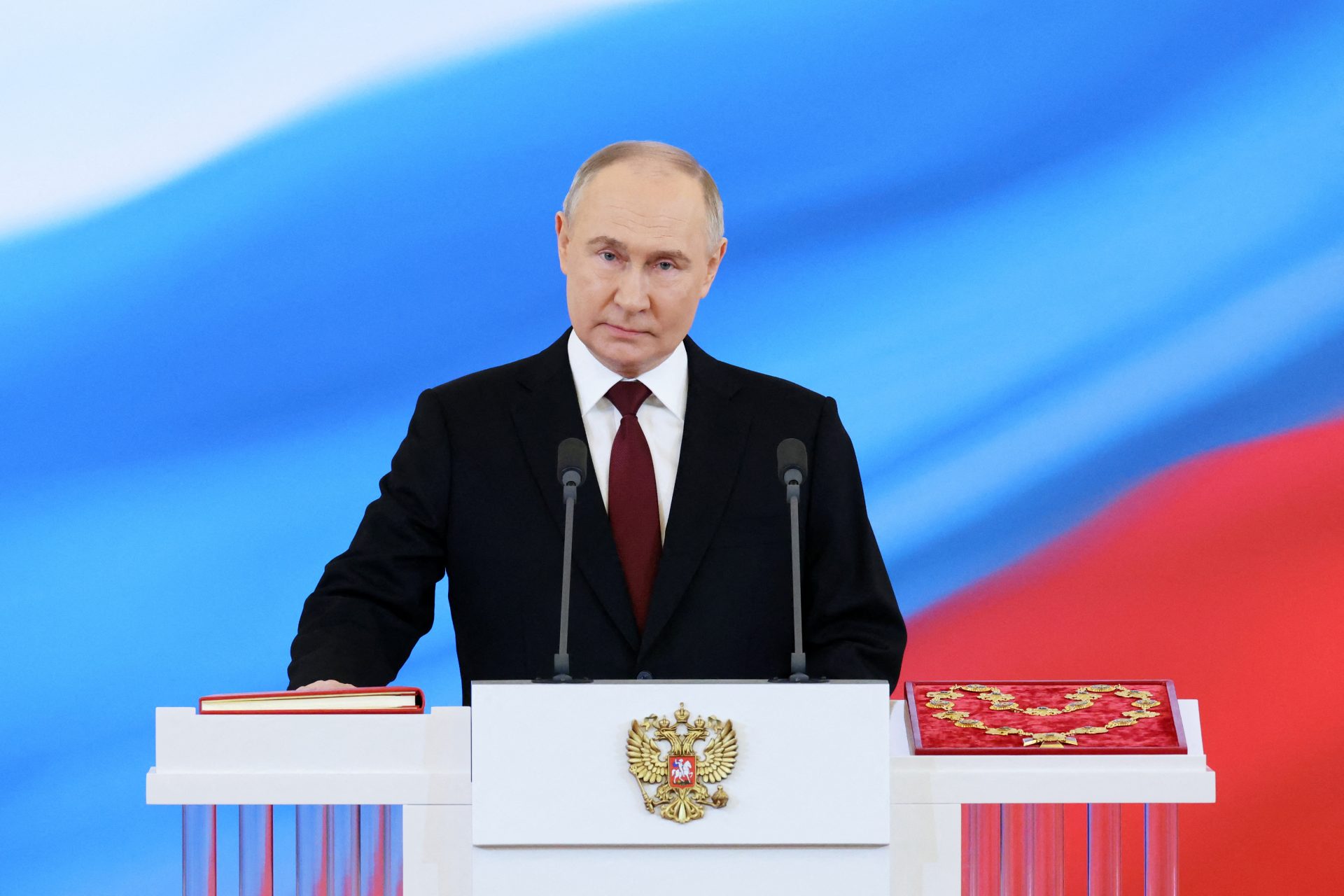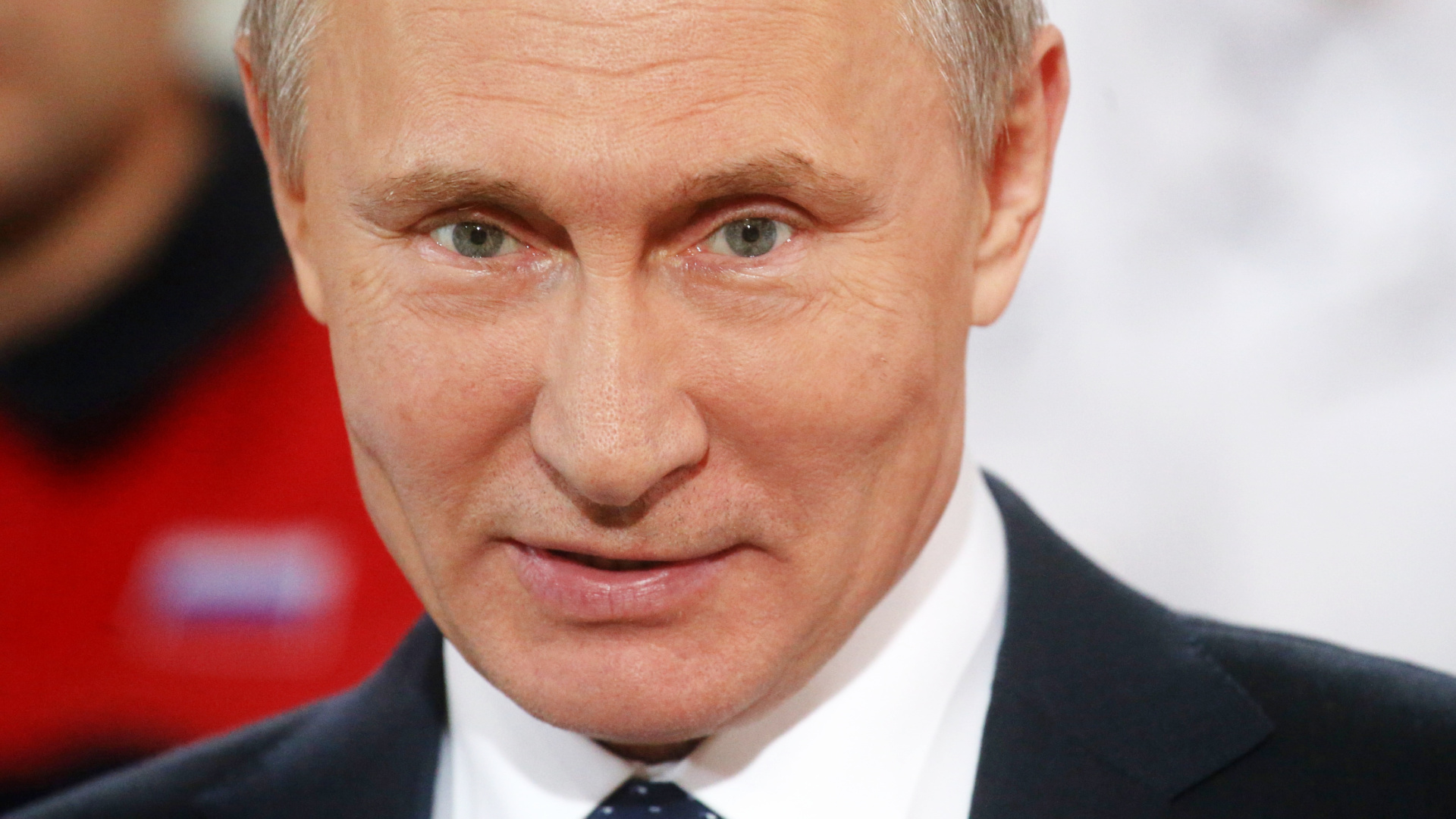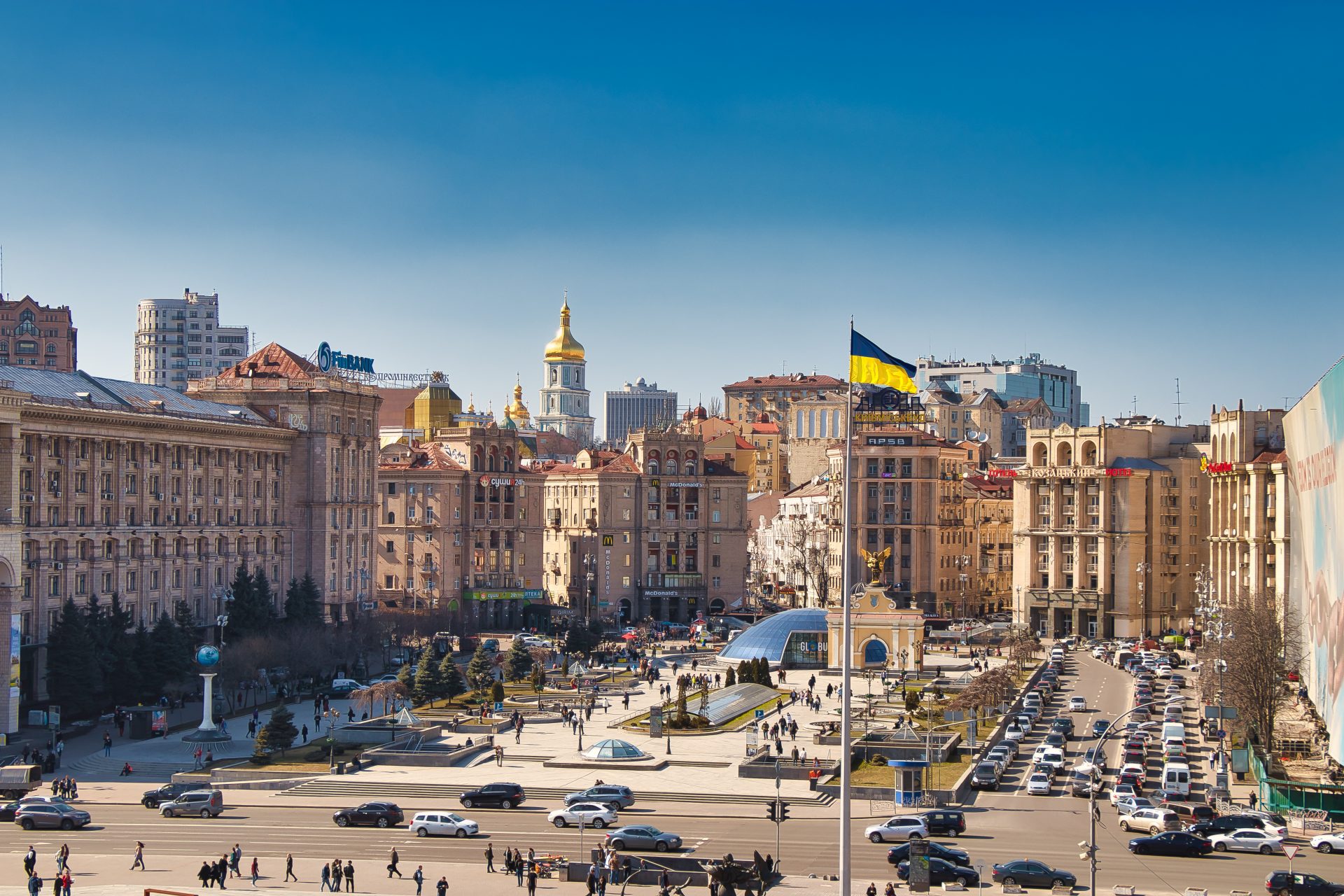2023 was a bad year for China's finances and 2024 won't be any better
It's no secret that China is one of the leading economies in the world. However, things seem to have taken a downturn for Beijing ever since it ended its Zero COVID Policy. What happened?
Everyone was expecting China to go back to its pre-pandemic levels of production, but instead, results have been disappointing.
China already had to face quite a challenge: Recover from virtually three years of putting most of its economy on pause, due to the drastic measures adopted during the pandemic.
Retail sales grew 18.4% between April 2022 and April 2023, but still fell short of what experts forecasted, according to French financial publication 'La Tribune'. The Chinese government had a lot of expectation on the reopening of businesses and shopping centers.
Not only that, unemployment among young people between the ages of 16 and 24 surpassed a record-breaking 20%. In fact, it got so bad that the Chinese stopped publishing data in June of 2023.
After 3% in 2022, Chinese authorities maintained a modest growth target of 5% in 2023. According to economist Zhiwei Zhang, as cited by 'La Tribune', this low level of expectation leaves a lot of room for the government to come up with strategies.
2024 is expected to hit something around 4.6%, according to Reuters. It would be one of the lowest annual growth rates for China in recent decades, which peaked at 14% at in 2007.
Meanwhile, Business Insider reported that China's gloomy economic outlook makes international investors more cautious about investing in the Asian superpower.
This slowdown can be explained by a series of structural challenges that China is currently facing. Firstly, there's an aging population, trapped between falling birth rates and a rising average age.
There's also an ongoing issue with the country's pension system, which compels the workforce to their own lifestyles and their non-working elders, reducing consumption and investing in the economy.
Another demographic problem in China is the gender imbalance. After decades of the one-child policy, there are far more men than women.
Result: there are today 30 million more men than women in the country, which reinforces competition between men, in particular through the possession of one or more homes.
A phenomenon that is not unrelated to the formation of a real estate bubble. Housing and construction has been driving China's growth in recent years. Though, many experts question if it's a sustainable model.
According to data cited by French magazine 'Géo', the number of empty homes in China was estimated at 65 million, or about 20% of the country's housing stock. An exorbitant figure!
The Chinese real estate bubble has finally burst: shares in the sector have plunged, and developers are no longer continuously working on their projects.
Another consequence of this bubble: the vertiginous rise in the national debt, which amounted to 13,281 billion euros in 2021, against less than one billion in 2008, according to 'Statista'.
Another slowing factor is the merciless trade war between China and the United States for the past few years. Between American protectionist measures and the relocation of factories previously installed in China, international trade no longer stimulates the Chinese economy as much as before.
China's status as the factory of the world has also been challenged in recent years by component shortages and strained supply chains that have hampered its foreign trade.
Finally, how not to mention the geopolitical uncertainties, between the continuation of the war in Ukraine, the Chinese threats to invade Taiwan and the tensions between China and many of its neighbors? A climate that hardly favors economic expansion.
So, what is the future of the Chinese economy? A rebound linked to its colossal production potential, or the slow decline of a country that does not have the means for its desire for hegemony?
More for you
Top Stories

































